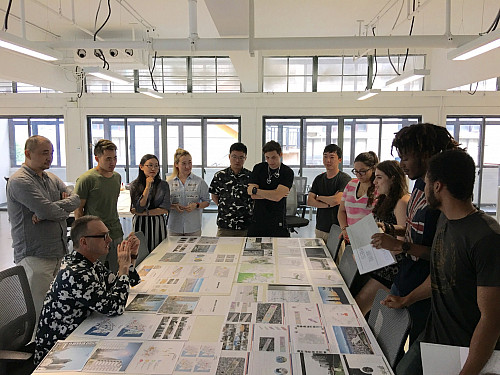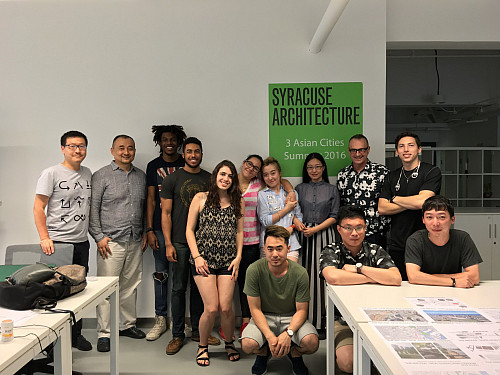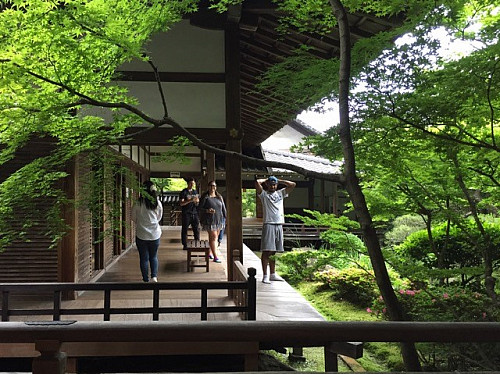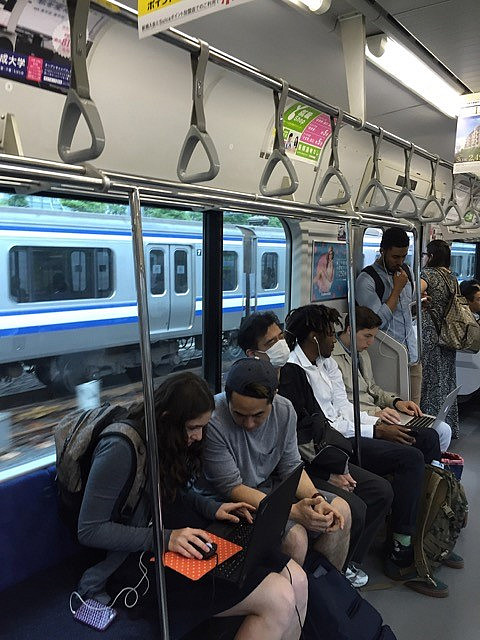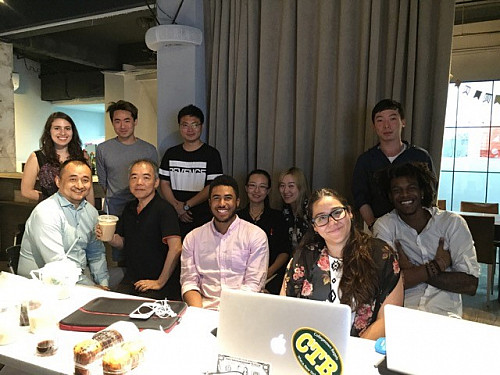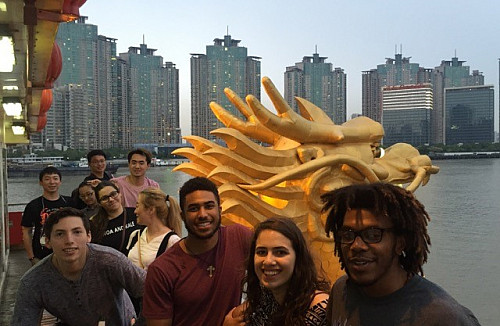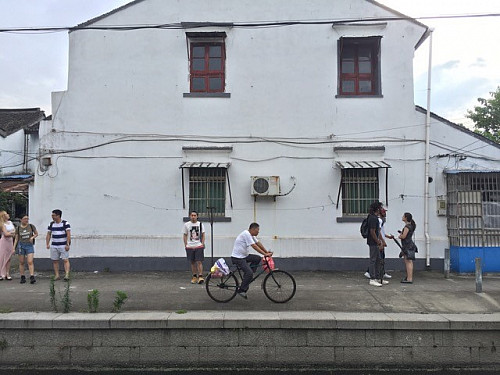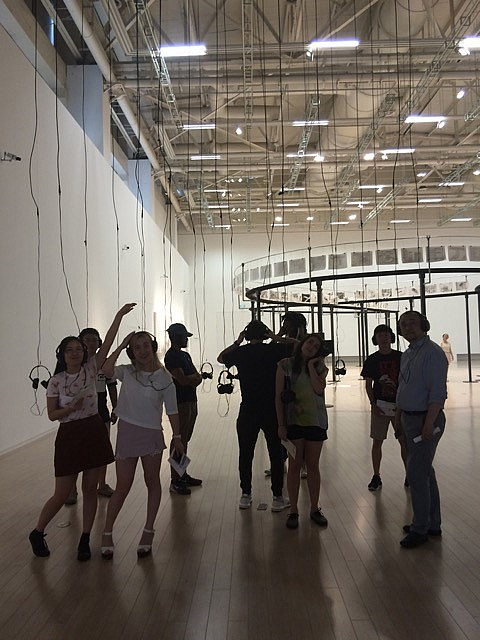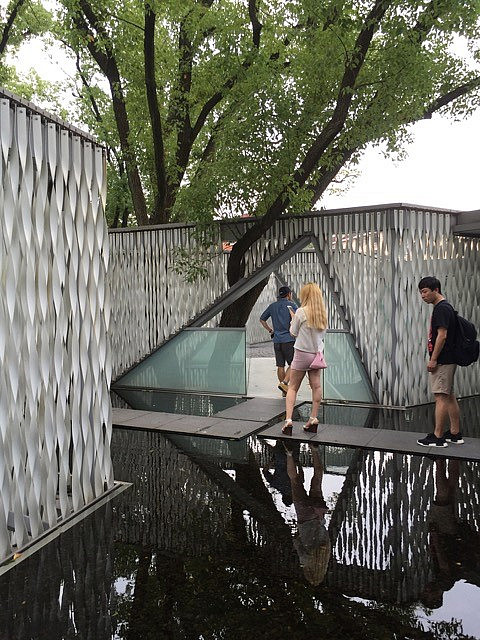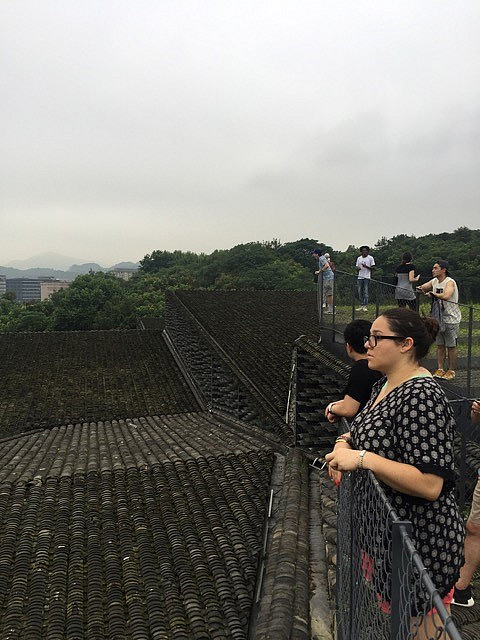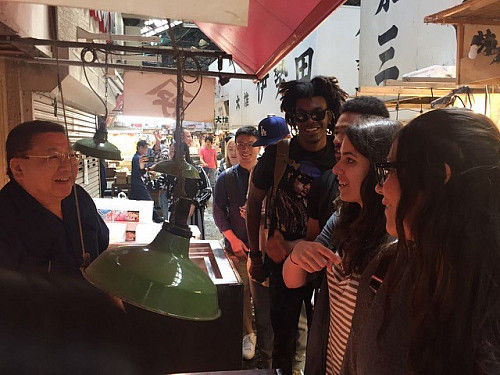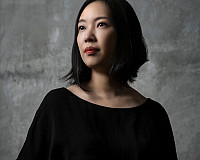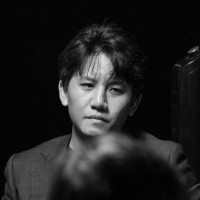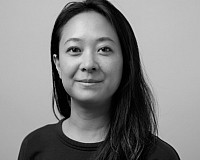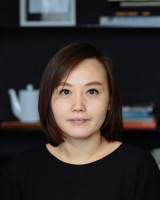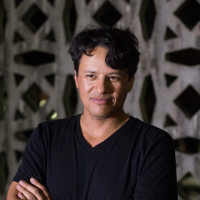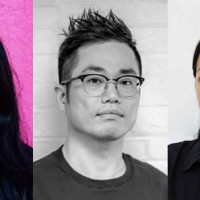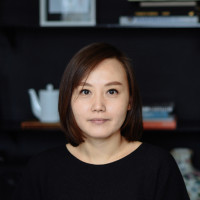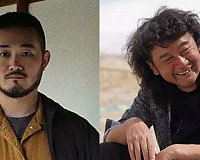In summer 2016, Syracuse Architecture students in the “Three Cities Asia” studio and seminar course, led by architect and educator Bing Bu of Shanghai’s One Design Inc, had an incomparable eight-week immersion learning experience in urbanism and architecture.
In each city, students had a particular site to study, but they didn’t just visit the site, they also stayed and worked on their site for at least ten days. Their work included intensive observation from two vantage points: a macro approach used in gathering information from literature, lectures, data and facts, policies and codes specific to the area; as well as a micro approach, observation through their own eyes. Students were each assigned the task of observing a specific aspect of urban living such as food, housing, transportation, or hydrology, at both macro and micro levels. For each of their study sites, students constructed an observational narrative, followed by a final project that included their vision, strategies and design for an intervention mechanism for change—whether on a macro level, such as a policy change, or a micro level, as in an architectural design.
Throughout the eight weeks, the studio was filled with reviews, lectures, and office visits that offered a constant connection to global, leading knowledge sources. Students were able to dialogue with renowned professors and practitioners in all three cities.
The Three Cities Asia studio gave students a rich array of daily life experiences and visits to urban attractions to contribute and strengthen understanding of each city’s fabric—from Kyoto temples to Suzhou gardens; from Omotesando global brands to central Taipei alleyway boutiques; from morning fish market of Tsukiji to night food stands of Ningxia Street; from surviving a rush hour Tokyo subway train to dining on a Huangpu River dusk cruise.
“Through this intense immersion experience,” says Bing Bu, “the students received a much deeper understanding on the method and power of observation, the various possibilities of urban intervention, and the role of design in urban development.”
